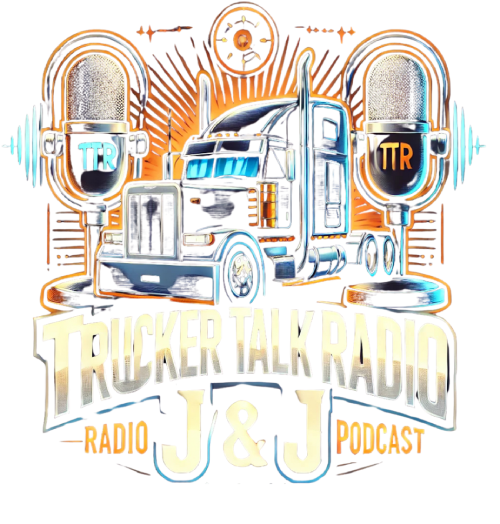Earlier this year, the Department of Labor issued a definitive rule clarifying the distinction between employees and independent contractors under the Fair Labor Standards Act (FLSA).
This rule is crucial because it dictates eligibility for FLSA benefits; employees are entitled to overtime and minimum wage, while independent contractors do not have these guarantees.
However, the classification of independent contractors has broader implications beyond just the FLSA and notably affects the transportation sector.
This rule is particularly significant as it serves as the first interpretive guide for classifying under the FLSA.
Background: A History of FLSA Classification
Before May 2024, there was no interpretive guideline for FLSA classification, resulting in courts relying on case law to navigate classifications. A landmark case, United States v. Silk in 1947, introduced the economic realities test.
In this ruling, the Supreme Court defined employees as those who are economically dependent on the businesses they work for, outlining five critical “Silk factors” to distinguish between employees and independent contractors.
Moreover, the Supreme Court’s subsequent ruling in Rutherford Food Corp. v. McComb advised that no single factor should solely determine classification; rather, the totality of circumstances should be considered. In a 2006 case, Schultz v. Cap. Int’l Sec., Inc., the Fourth Circuit Court of Appeals added a sixth factor to the original five, expanding the criteria used to assess worker dependence.
The Trump Administration’s Rule
In September 2020, the Department of Labor began formulating an interpretive rule during the Trump administration to clarify worker classification and streamline the process. The finalized rule, “Independent Contractor Status Under the Fair Labor Standards Act,” was released in January 2021.
This was the first time the Labor Department’s interpretation of employee status compared to independent contractor status was codified, making it more accessible. It introduced a five-part test, prioritizing two core factors for classification: the worker’s control over the work and their opportunity for profit or loss.
The rule faced opposition when the Biden administration withdrew it just before its effective date on May 5, 2021, stating that it conflicted with the FLSA’s intent and relevant court rulings.
The Biden Administration’s Rule
In October 2022, the DOL proposed a new independent contractor final rule. The final version, released in January 2024, reverted to a six-factor test without designated weight, including aspects such as profit opportunities and the degree of control.
This new rule took effect on March 11 and has drawn criticism from trucking associations, who argue it introduces uncertainty regarding regulatory compliance and demands more thorough analysis for conclusions.
The potential impact of the new rule on the industry remains uncertain, especially with the Supreme Court’s recent decision against Chevron deference, challenging the interpretive authority of administrations.


